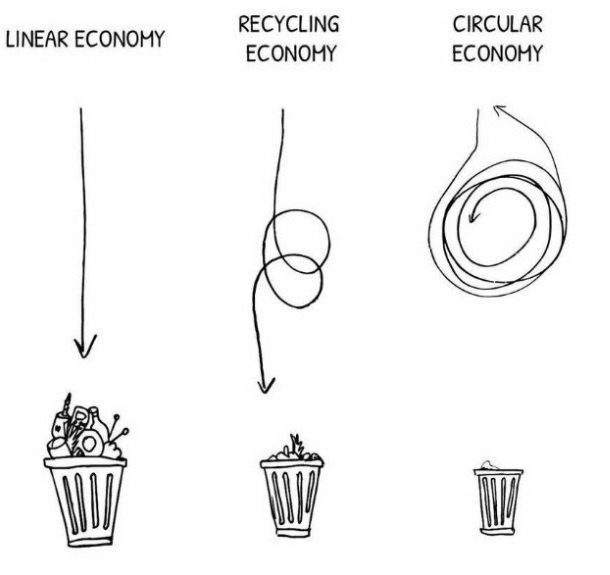Urban Mining of Electronic waste
- Karishma Chaudhary
- Dec 17, 2021
- 3 min read
Electronic gadgets have become an essential part of our lives providing us with more ease, security, and faster acquisition and exchange of information. Contrarily, it has led to unrestrained resource consumption and startling E-waste generation. The average lifespan of most electronic gadgets has been constantly reducing as most of the companies design their electronics for planned obsolescence. Every other day, new electronics hit the market and capture consumers' attention, giving them motivation to discard old equipment and engross themselves in state-of-the-art gadgetry. In 2019, record 53.6 million tonnes (Mt) of e-waste was produced globally out of which only 17.4 per cent of 2019’s e-waste was collected and recycled. This means that gold, silver, copper, platinum and other high-value, recoverable materials conservatively valued at US $57 billion were mostly dumped or burned rather than being collected for treatment and reuse. Altogether, no fewer than forty elements can be recovered from old mobile phones.
Alarming. Isn’t it?
Let’s understand how Urban mining can help us to manage e-waste.
Many precious metals are used in the manufacturing of electrical and electronic equipment (EEE). Therefore, EEE is an important contributor to the world’s demand for metals.
An urban mine is the stockpile of rare metals in the discarded waste electrical and electronic equipment (WEEE) of a society. Urban mining is the process of recovering these rare metals through mechanical and chemical treatments from unwanted electronics and electrical equipment(WEEE).
The term was coined in the 1980s by Professor Hideo Nanjyo of the Research Institute of Mineral Dressing and Metallurgy at Tohoku University, Japan. Therefore, urban mining is applying resourceful thinking to obtain in-demand elements and compounds from what exists around us. In absence of a circular flow economy; the majority of valuable resources are lost. Effective recycling practices entail multiple benefits. It has a direct impact on the resource base of the recycled metals. Primary production, i.e. mining, concentrating, smelting and refining, especially of precious metals leads to carbon dioxide (CO2) emissions due to the low concentration of these metals in the ores and often difficult mining conditions and is detrimental to the environment. Considerable amounts of land, water and energy are used for mining. Gases such as sulfur dioxide (SO2) and carbon dioxide (CO2) are emitted on a large scale. For example, to produce 1 tonne of gold, palladium or platinum, CO2 emissions of about 10,000 tonnes are generated. Recovering metals via state-of-the art recycling processes generates only a fraction of these CO2 emissions, therefore it has significant benefits . And logically so, because it appears that in electrical and electronic waste one can find an up to 50 times higher concentration of valuable metals and minerals than in the ores extracted from mines. For example, it suffices to dismantle around 1 tonne of mobile telephones in order to extract 300 grams of gold. Virtually 100% of the metals used in these phones can be recovered.
Benefits of the Urban mining:
1. Makes rare earth metals available again
2. Mitigates the price fluctuation risk for raw material.
3. Promotes Circular Economy
4. Creates Green Jobs
5. Cost efficient as compared to classic mining
6. Avoids a substantial amount of pernicious effects on human beings and the environment
7. Promotes state of art extraction facilities and gradually helps in formalisation of informal economy.
8. Lowers demand of conflict minerals
9. Helps in environment friendly e-waste management
10. Essential for Achievement of Sustainable Development Goal 12- Responsible Consumption and Production
Therefore, Urban mining is one of the creative solution to meet demand of rare earth metals without tormenting our mother earth. Businesses must source urban mined material for manufacturing new products.
Fact: The Tokyo Organising Committee of the Olympic and Paralympic Games collected old mobile phones and other small devices to create medals for the 2020 Olympics.





Comments